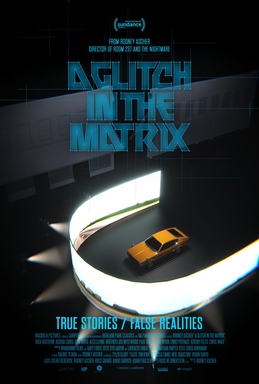Since the industry’s pivot to peacetime in the late 1940s, computers have come to constitute our modern material environment literally, metaphorically, and aesthetically. Like a store-front window marketing display by Frank L. Baum, the ground-floor, street-facing show-room of IBM in the 1950s offered New Yorkers (regardless of outdoor conditions) a brightly-lit, unchanging view into the timeless, abstract world of computing outside of our own (Harwood, 46). Engineers in white lab coats moved spindles of tape and decks of cards, literally working inside the computer as they bused data between shiny large cabinets for curious onlookers twenty-four hours a day.
And there went everybody. The nature of the data being processed—demographic, financial, the results of opinion polling and sales data and audience testing and tracking—placed newly-minted “consumers” even deeper inside of computers. Not as components within the computer’s functioning, but as …
